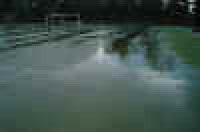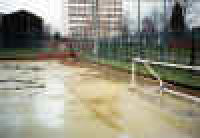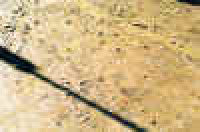All Weather Surfaces
All Weather Surfaces?


The sheer volume of water has seen managers experiencing standing water on their synthetic pitches, perhaps for the first time. Many have arranged examination of their drainage in the hope of finding a blockage which could be linked to the problem. However, what facility managers may not be aware of is that standing water is often a tell tale sign that problems exist with the surface itself.
A sand filled synthetic surface acts like a filter trapping dust and debris as the water drains through the system. Over a period this accumulates clogging the surface causing consolidation. The first sign can be a hardening of the carpet underfoot until eventually the surface becomes non porous and unable to drain.

Once the volume of water reaches saturation point this filtration stops and the process is reversed with the water backing up. When this occurs separation of the contaminants held within the sand infill takes place.

Regular maintenance by power sweeping to remove the surface debris will help to slow down the build up of these contaminants. Drag bushing alone is not enough as it does not remove but simply spreads the debris over the surface.
Although power sweeping is effective there are cases where the contaminants within the sand infill reach a critical stage. At this point more specialist processes are required to completely remove the contaminated layer of the sand infill.


